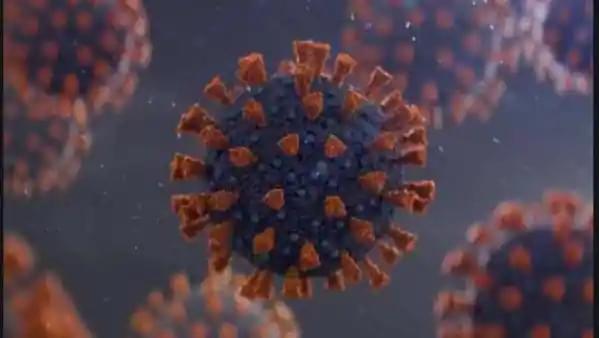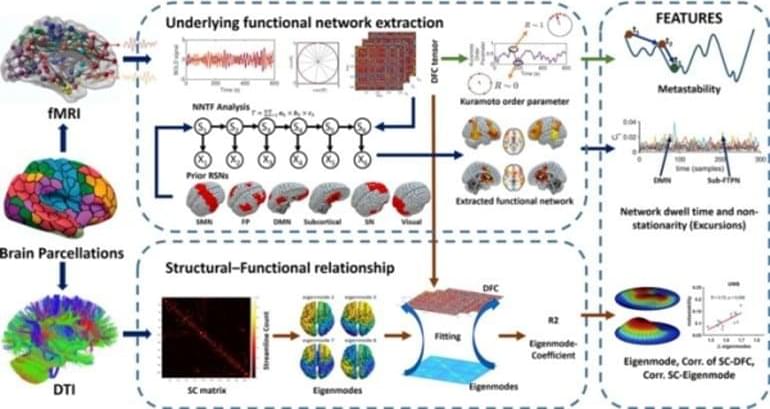Science may be getting closer to figuring out where consciousness resides in the brain. New research demonstrates the significance of certain kinds of neural connections in identifying consciousness.
Jun Kitazono, a corresponding author of the study and project researcher at the Department of General Systems Studies at the University of Tokyo, conducted the study, which was published in the journal Cerebral Cortex.
“Where in the brain consciousness resides has been one of the biggest questions in science,” said Associate Professor Masafumi Oizumi, corresponding author and head of the lab conducting the study. “Although we have not reached a conclusive answer, much empirical evidence has been accumulated in the course of searching for the minimal mechanisms sufficient for conscious experience, or the neural correlates of consciousness.”






